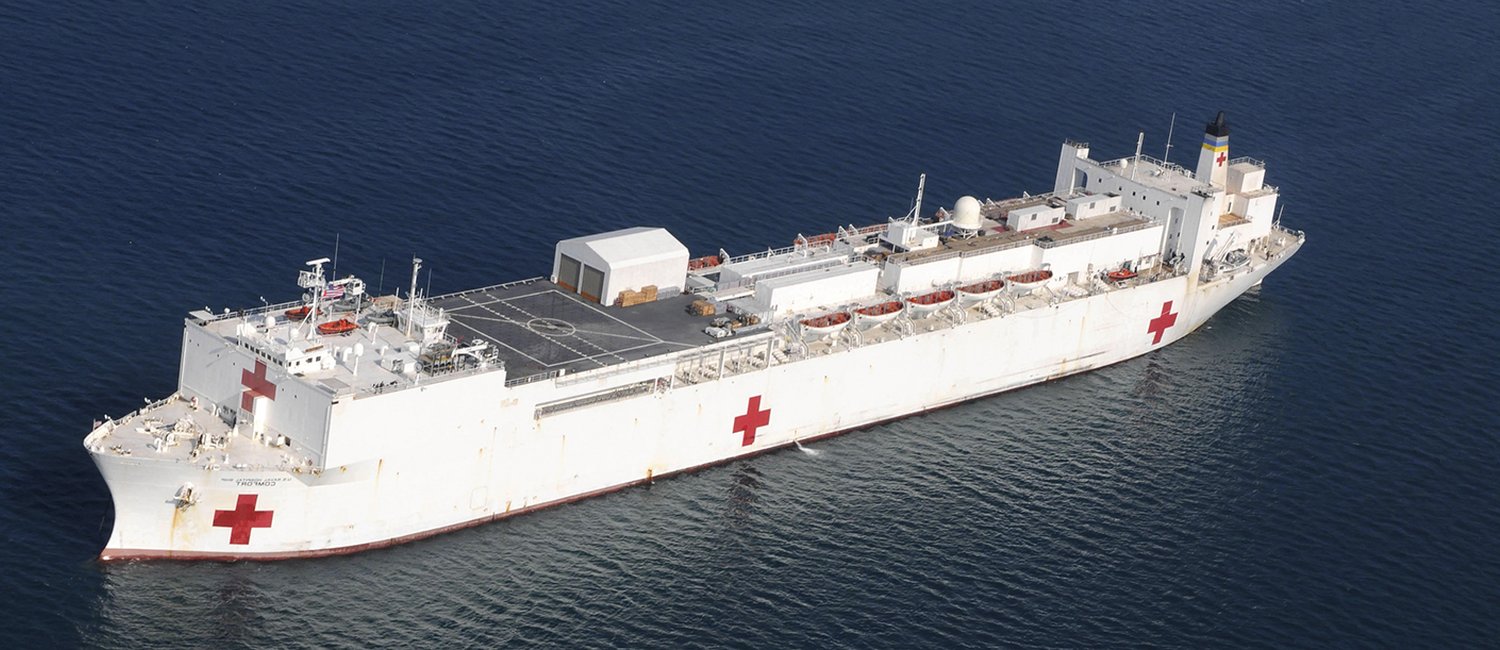
Overview
Students will learn about and discuss several locations and environments where doctors work. Then, they will imagine their own possible career path and discuss where they think they might like to work if they were a doctor.
Additional activities include sharing and assigning articles for next time, researching medical advancements, sharing an Inspiring Story, and journal writing.
Outcomes
- Students will be familiar with the different environments in which doctors work.
- Students will be able to discuss what those medical environments are like.
- Students will imagine their own careers as doctors.
Discussion
- What kinds of places do doctors work? What is it like to go to the doctor’s office or hospital?
- Is it a good experience? If not, how would you improve it? (Examples: make it cost less, make the wait time shorter, have more comfortable chairs in the waiting room.)
Note to Facilitator: Increasingly, doctors have the opportunity to work in many different environments. Print out or present the images on a computer screen or projector to show your students some of the places doctors practice medicine. Here are some helpful captions you can use to illustrate and explain the images:
USS Comfort
The USS Comfort is a hospital ship that provides emergency and surgical services to our armed forces. It also provides humanitarian relief around the world. What do you think some of the challenges might be if you were a doctor on a floating ship? What are some advantages to having a hospital inside of a ship?
Urgent Care Facility/Emergency Room
How is it different or the same as what you’ve seen on TV? How is this location different or the same as what you’ve seen on TV or in movies?
NIH or Research Facility (Lab)
What disease might you like to cure or develop treatments for and why? These discoveries are made by doing research in a lab.
Mobile Clinic
Some doctors visit rural or urban areas with a special truck that allows them to see and treat people. What are some of the reasons why doctors would have a mobile office?
Remote Doctor: Doctors who consult or treat patients with webcams
Why is this helpful? What situations or places do you think benefit from this type of doctor? Why would you want to consult with a doctor who lives far away?
Activity
Part 1: With partners or in small groups, discuss what kind of place you would work at if you were a doctor. What would it be called? Where would it be located? What services would it offer? How much would it cost per visit? Be creative. (Example: There would be a flat-screen TV and comfortable beds in every room.)
Part 2: Next, on your own, complete the newspaper activity. Think about your potential career as a doctor by filling in the blanks of this newspaper article using the word bank or create your own answers. Draw a picture to go with the story. If you get done early, quietly share your story with someone else who is also done.
Wrap Up
Ask for volunteers to read their completed story to the group. Collect name badges from students.
Additional Activities
- Students share article with the group
Have the students who were assigned to bring articles with them during the last lesson share their article with the group. Have them explain why they chose the article. Ask the group for their thoughts about the topic. - Medical Advances
Have students do internet searches/library searches about medical advances that have come from wars, or “battlefield medicine.” - Inspiring Stories
Story of the week: David Parker, MD — Team doctor for the Washington Redskins - Journal writing
Have your students write in their journals about the environment they’d most want to work in, the one they have the least desire to work in, and why they've chosen each. - Article to share with group next time
Assign one or two students to find an interesting article having to do with medical facilities or unusual careers in medicine. Have the students share what they’ve read and facilitate a short discussion with the group about the article or topic.